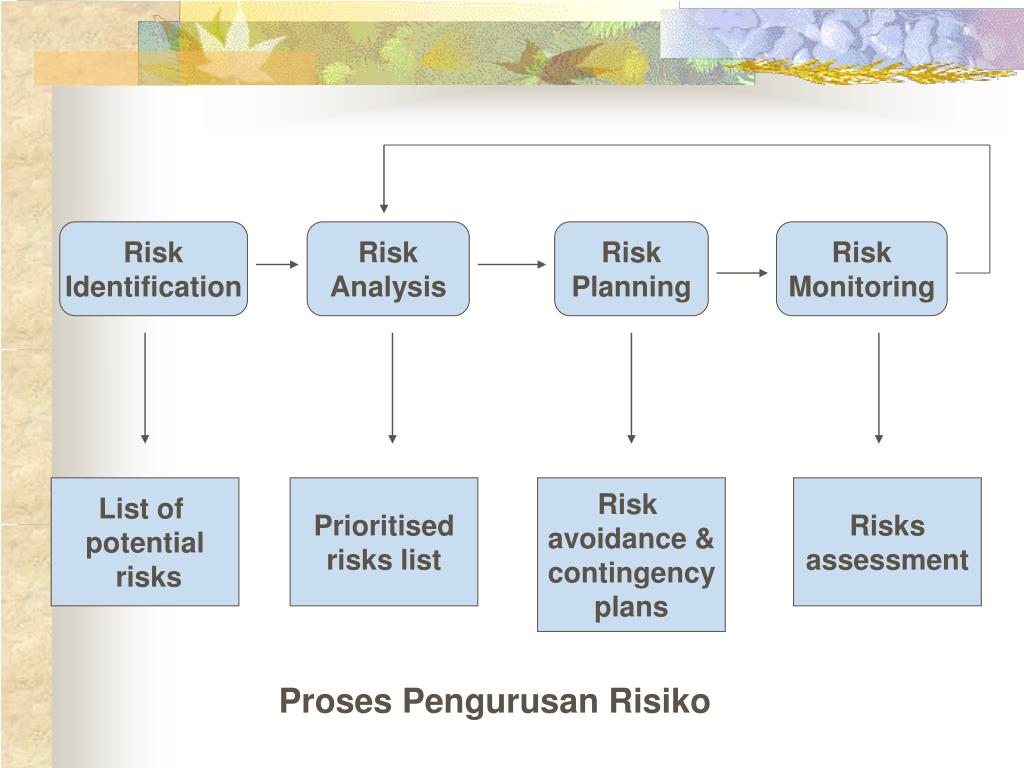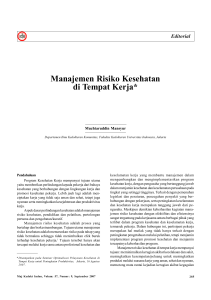
Agricultural products provide variety and quality of food to the population. Projects of the agro-industrial complex are implemented in conditions of high uncertainty and risk. The results proved that Agile management process from the create prioritized project backlog, sprint planning, sprint review, to sprint retrospective procedures and less time of the cycle, eliminate or mitigate many risks that lead to project challenges and failure. The goal of the framework is to assist the project managers to adapt a more flexible approach to managing and implementing the construction project.

This will result in a recognition of comparable areas between Scrum and PMBOK® processes. The risk management framework will trace alignment and discover a contact between Agile and traditional project management concepts and find contact points among two of the more used Agile frameworks (Scrum) and one of the more confirmed project management framework (PMBOK®) processes. As an attempt to deal with risk in the construction project, this research aims at proposing a risk management framework in construction projects that built based on Agile management concept, which is a sequence of procedure deals with the project’ primary vision to its final delivery. Thus, flexible management is required for the purpose of efficient responding to the various changes appear during their implementation. The presented method in the current study can create a novel perspective in terms of the construction industry’s risk management and assessment.Ĭonstruction projects in nature, carry a lot of risks, and unpredictable conditions.

Identifying HSE-related risk sources in accordance with the nine areas of PMBOK, and using FAHP to assess the risk of these hazards in construction projects, can lead to a more realistic estimate of risk in construction projects.

Risk analysis revealed that 20 sources were at an unacceptable risk level, and 17 risks were at a tolerable risk level. Thirty-seven risk sources associated with nine areas of the PMBOK were identified. After that, the two dimensions of risk, including incident probability and severity, were measured. The HSE risks pertaining to each of the nine areas of PMBOK were identified. Risk, in this study, was estimated using a two-dimensional matrix of incident probability and severity, each of which has four sub-parameters. This study was conducted with the participation of 30 experts, using the semi-quantitative risk assessment technique, in nine areas of the project management’s body of knowledge, based on the fuzzy analytic hierarchy process.

The present study aimed to analyze health, safety and environmental (HSE) risks relating to construction projects based on the project management body of knowledge (PMBOK) and sustainability approach. Due to their unique nature, construction projects are considered one of the world’s most hazardous and incident-prone industrial sectors.


 0 kommentar(er)
0 kommentar(er)
